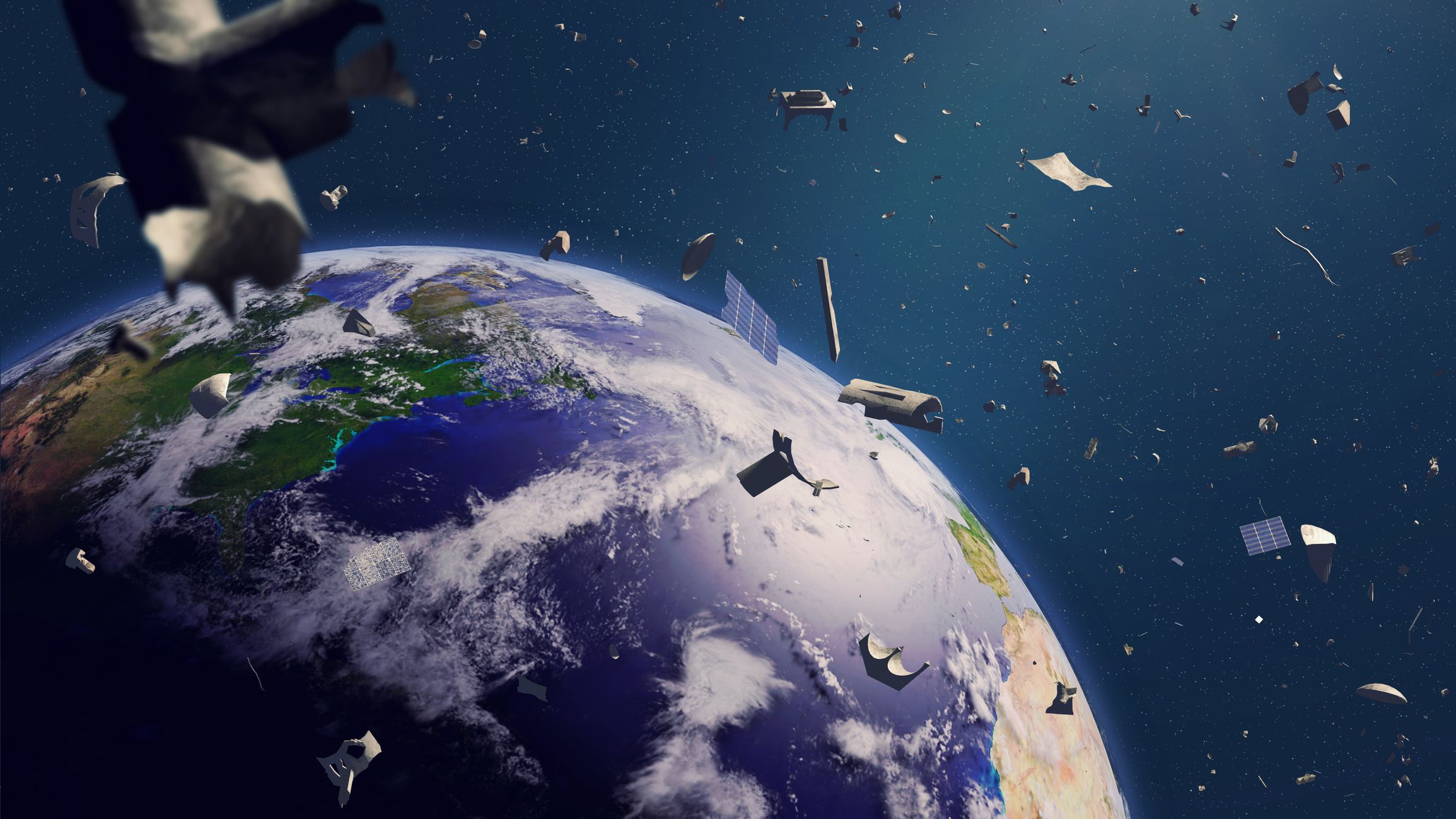
A Soviet spacecraft that has been orbiting Earth for almost half a century could come crashing back down to Earth this year, an expert has said.
The Venus-bound Cosmos 482 was launched in March, 1972. After reaching Earth's orbit, it was due to be propelled towards the second planet from the Sun. However, an engine failure at this point meant it got marooned in space.
At the point of the engine failure, the spacecraft broke up into pieces and four pieces crash landed in a field on a New Zealand farm. According to the New Zealand Herald, 13.6kg titanium alloy balls scorched holes into crops. Manufacturing marks indicated they were of Soviet origin and, at the time, the foreign affairs minister attempted to return the broken parts—but Russian authorities denied ownership.
It is thought the rest of Cosmos 428, including its payload and engine unit, remained in space, orbiting Earth. Because the spacecraft was designed to resist the extreme atmospheric pressures of Venus' atmosphere, experts believe it will probably survive the descent through Earth's atmosphere.
In an interview with state-owned news agency Sputnik News last year, astronomer and cosmonautics historian Pavel Shubin said Cosmos 428 is expected to crash back down to Earth at some point between 2023 and 2025. He said the crash site is unknown, but added it would likely be somewhere between the latitudes of 52 degrees north and 52 degree south.
However, a report by Space.com now suggests the spacecraft could come crashing down this year. It said the spacecraft is travelling at extremely fast speeds, orbiting Earth about once every 112 minutes. Thomas Dorman, who has been tracking the satellite, told the website that the craft should survive a re-entry with "no problems." He said he believes as much as 40 to 50 percent of the upper spacecraft could still be in space.
"It is interesting to note the apogee of the orbit is slowly starting to decay," he told Space.com. "My guess right now is that re-entry is late this year to mid next year. But predicting its decay is as much of an art [as] it is science. The other issue is, nobody can forecast solar activity for the next year, which could affect the decay time.
"Trying to study Cosmos 482 and what remains of the spacecraft is like attempting to gain an understanding and insight of a shipwreck that is moving at hypervelocity speeds, under ever-changing lighting conditions from the surface of an ocean … this ocean being several hundred miles deep, with only a few seconds to see it at its closest and at best a few times a year."
If the satellite survives re-entry, it will likely crash into the sea or an unpopulated area of land. Another out-of-control satellite—China's Tiangong-1—crash landed into Earth in March last year after losing communication with the nation's space agency two years earlier. Most of the spacecraft burned up on re-entry, while the rest of it landed in the Pacific Ocean.
Uncommon Knowledge
Newsweek is committed to challenging conventional wisdom and finding connections in the search for common ground.
Newsweek is committed to challenging conventional wisdom and finding connections in the search for common ground.
About the writer
Hannah Osborne is Nesweek's Science Editor, based in London, UK. Hannah joined Newsweek in 2017 from IBTimes UK. She is ... Read more





